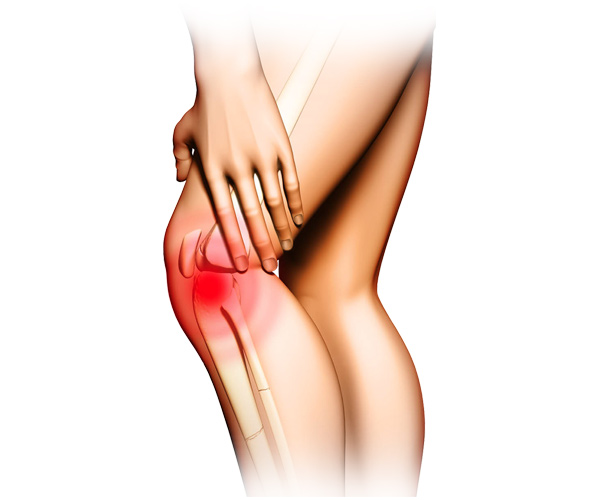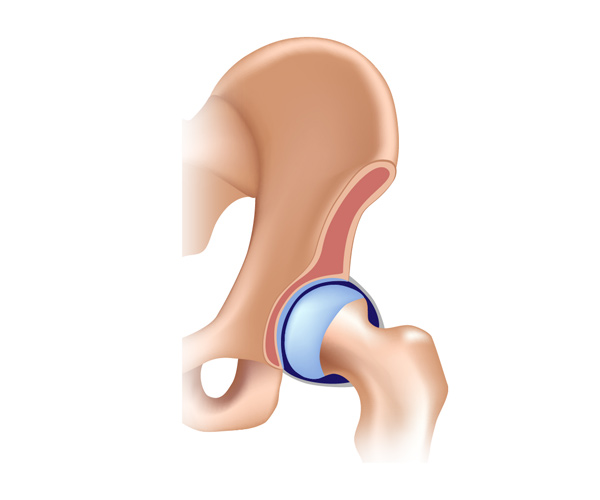Sports Medicine
Sports Medicine
Our primary goal is to get you feeling better. We therefore strive to treat most musculoskeletal problems non-operatively if possible. To this end, we offer several treatment options including oral and topical medications, injection therapy with corticosteroid, Platelet Rich Plasma (PRP) or viscosupplementation, casting, bracing, home exercise programs and physical/occupational therapy. However, when surgical treatment is found to be necessary, our preference is to employ arthroscopic techniques as much as possible for better patient outcomes.
Shoulder
The shoulder or glenohumeral joint is the most moveable joint in our body. It is classified as a ball-and-socket joint. It is made of the humerus, the scapula and the clavicle or the collar-bone. Key muscles in and around the shoulder are the deltoid, coracobrachialis, teres major, latissimus dorsi, pectoralis major and the four rotator cuff muscles – supraspinatus, infraspinatus, subscapularis and teres minor.
Although it is not a weight-bearing joint, we rely on it for a variety of our daily activities. Because of the tremendous range of movements of the shoulder, it is often less stable and susceptible to certain injuries. These include rotator cuff strains, rotator cuff tears, shoulder impingement, shoulder separations (AC joint separations), instability and dislocations. We offer a variety of outpatient arthroscopic and open procedures for the treatment of these common injuries.

Elbow
The elbow is a hinged joint that allows bending and straightening as well as a certain degree of forearm rotation. It is made of three bones – the humerus, radius and ulna. The elbow commonly falls victim to tendinitis, which interestingly is caused by overuse of the muscles of the forearm or damage to a tendon at the inside or outside of the elbow. These include tennis elbow and golfer’s elbow.
At some time you’ve probably hit the inside of the elbow in just the right spot and felt a tingling, dull pain. Though commonly referred to the funny bone, it usually hurts more than it’s funny and it’s not a bone at all! This occurs when the ulnar nerve, that runs along the inside of the elbow, bumps against the humerus. Certain times this ulnar nerve is constricted or continually pushed on, necessitating surgical release at the elbow.
Although not as common as in other joints, elbow arthritis does occur and results in bone spurs or loose bodies within the joint. These often require arthroscopic removal or debridement for symptoms relief and increase in elbow range of motion.
Medial ulnar collateral ligament (MUCL) tears are often seen in throwing athletes or those that engage in overhead activities. These injuries require repair or even reconstruction, commonly referred to as Tommy John surgery. Other common injury of the elbow is the distal biceps tendon rupture, which requires prompt surgical repair for optimal long term results.

Knee
One of the strongest and the most important joints of the body is the knee joint. It is also a hinged joint, comprised of the femur, tibia and patella. We use our knees in almost all routine and sporting activities. During walking, jogging, running, sprinting and beyond, the knee experiences multiplanar stresses and thus can often sustain injury.
A variety of knee issues can be treated through arthroscopic means, including meniscus tears, ACL and other ligament tears. Multiligament injuries of the knee require repair versus reconstruction and a step-by-step, specific post-operative rehabilitation regimen to return to sporting activities. Other knee injuries we commonly treat include quadriceps tendon tears and dislocations of the knee cap.
The thin layer of cartilage which surrounds the bones of the knee joint is also susceptible to injury. In cases of full thickness damage to this cartilage, we offer specific knee preservation procedures like microfracture surgery, osteochondral autograft/allograft transfer (OATs) procedure and autologous chondrocyte implantation (ACI).

Hip
The hip is a ball-and-socket joint which allows movement in several planes – flexion/extension, adduction/abduction and internal/external rotation. Made of the femur and the pelvis and surrounded by strong muscles, it is one of the most strong, stable and secure joints of our body. The hip is a large, weight-bearing joint, which endures considerable strain with sporting activities. A combination of the individual shape of one’s hip bones and repetitive injury can cause femoroacetabular impingement (FAI) and labral tears, both sources of pain and dysfunction. We offer arthroscopic treatment of these and other common hip problems including hip abductor tendon tears and trochanteric bursitis.

© 2024 Anchor Bone and Joint. All Rights Reserved.

